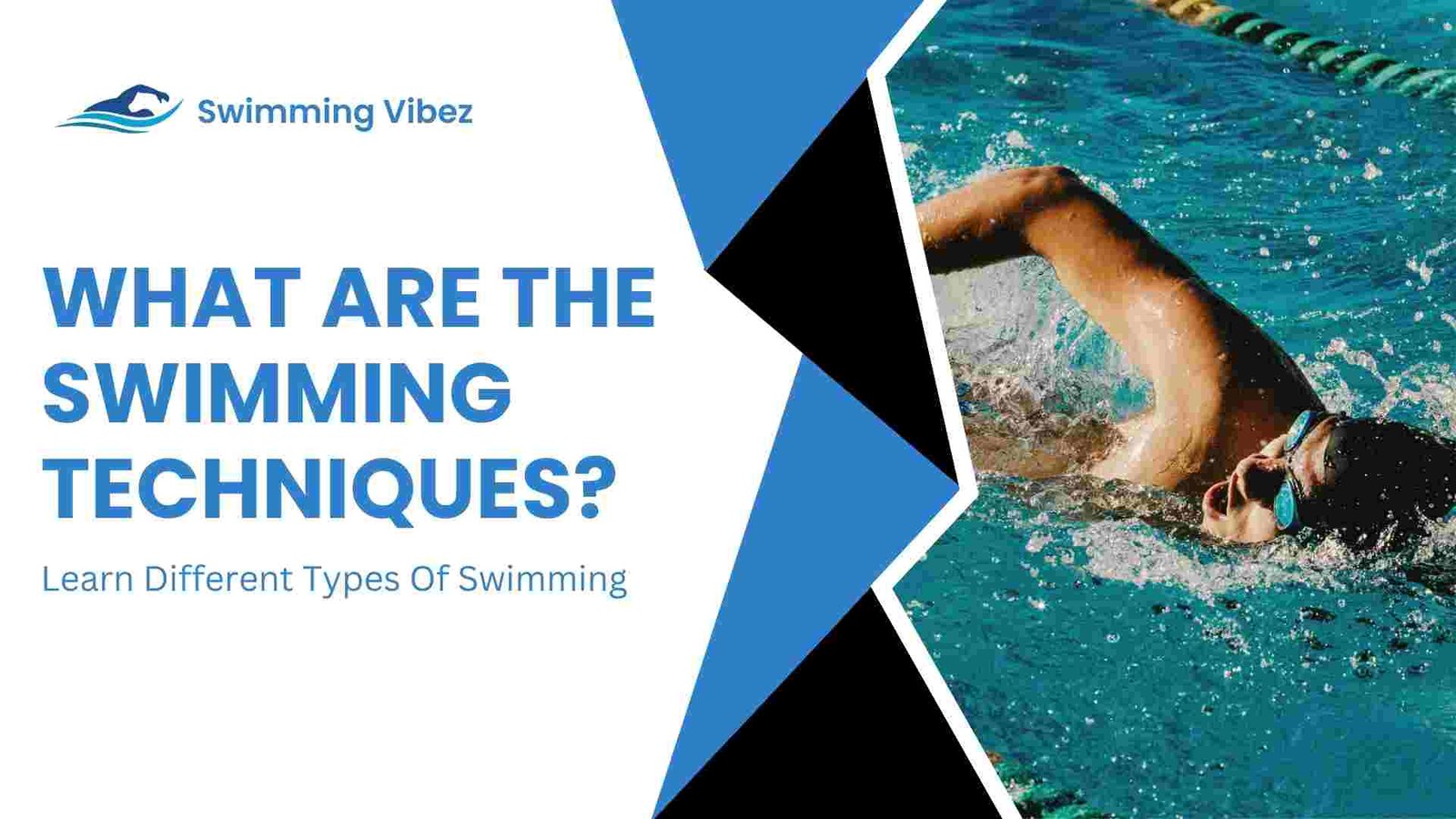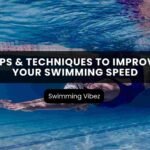Swimming is not only a recreational activity but also an important life skill. Whether you are a beginner or an experienced swimmer, learning different swimming techniques can greatly enhance your swimming abilities and overall enjoyment in the water. In this article, we will explore the various types of swimming techniques and their importance in becoming proficient swimmers.
The Importance Of Learning Swimming Techniques
Learning different swimming techniques is required for several reasons. Firstly, it helps to ensure your safety in the water. Each swimming technique has its own movements and body positions that enable you to stay floating and move efficiently through the water. By mastering these techniques, you can become more confident and capable of handling different water conditions.
Secondly, learning different swimming techniques allows you to improve your swimming speed and endurance. Each stroke has its unique advantages and challenges, and by mastering multiple techniques, you can develop a well-rounded swimming ability. This versatility enables you to adapt to different swimming situations, such as competitive races or open-water swims.
Lastly, learning different swimming techniques adds variety and excitement to your swimming routine. Instead of sticking to a single stroke, you can explore different styles and challenge yourself to improve in each. This not only keeps your workouts engaging but also helps prevent boredom and plateaus in your progress.
For that reason, Swimming Vibez brings the different swimming techniques to you so that you can read them and incorporate them to change and improve your swimming techniques. Some of the popular swimming techniques are as follows:
1. Freestyle Swimming Technique
One of the most popular and efficient swimming techniques is the freestyle stroke, also known as the front crawl. In this technique, you swim on your stomach, alternating your arms in a windmill-like motion while kicking your legs. The freestyle stroke allows for a smooth and continuous forward movement, making it the fastest swimming technique.
To perform the freestyle stroke correctly, start by placing your face in the water and extending your arms forward. As one arm pulls back underwater, the other arm should be recovering above the water. Coordinate your arm movements with a flutter kick, keeping your body streamlined. Remember to breathe regularly by turning your head to the side during the recovery phase of your arm stroke.
2. Backstroke Swimming Technique
The second swimming technique is the backstroke. You swim on your back, using alternating arm movements and a flutter kick. This stroke is often favored by those who prefer to swim without their face in the water or want to work different muscle groups than the freestyle stroke.
To perform the backstroke correctly, lie on your back and extend your arms overhead. Initiate the arm movements by bending your elbows and pulling them down towards your hips, while the other arm recovers above the water. Coordinate your arm movements with a flutter kick, keeping your body aligned and relaxed. To breathe, simply tilt your head back and exhale underwater.
3. Breaststroke Swimming Technique
The third breaststroke is a swimming technique that involves simultaneous arm movements followed by a frog-like kick. This stroke is known for its elegant and symmetrical motions, making it a popular choice for beginners and recreational swimmers.
To perform the breaststroke, start horizontally with both arms extended forward. Pull both arms back simultaneously in a sweeping motion until your hands reach your chest. As you complete the arm pull, bring your legs together and kick outward in a circular motion, resembling a frog kick. Coordinate your arm and leg movements, maintaining a steady rhythm throughout.
4. Butterfly Swimming Technique
The butterfly stroke is a challenging yet graceful swimming technique. It is characterized by simultaneous arm movements accompanied by a dolphin kick. The butterfly stroke requires significant upper-body strength and coordination, making it a favorite among competitive swimmers.
To execute the butterfly stroke, begin in a horizontal position with your arms extended forward. As your arms enter the water, pull them back simultaneously in a sweeping motion, while your legs execute a powerful dolphin kick. Coordinate your arm and leg movements, maintaining a fluid and undulating motion. To breathe, lift your head out of the water during the recovery phase of your arm stroke.
5. Individual Medley Swimming Technique
The individual medley (IM) is a swimming technique that combines all four major swimming strokes into one continuous race. In an IM race, swimmers must swim equal distances in butterfly, backstroke, breaststroke, and freestyle. The IM requires versatility and mastery of multiple swimming techniques.
You must transition seamlessly between each stroke to swim the individual medley effectively. The key is to maintain a strong and efficient technique for each stroke while conserving energy for the entire race. Practice and training in each stroke individually are crucial to developing a strong IM performance.
6. Open Water Swimming Techniques
Open-water swimming refers to swimming in natural bodies of water such as lakes, rivers, or oceans. Unlike swimming in a pool, open water offers additional challenges such as currents, waves, and limited visibility. Therefore, it is essential to learn specific techniques to navigate and stay safe in open water environments.
Some open-water swimming techniques include sighting, drafting, and navigation. Sighting involves lifting your head periodically to look for landmarks or buoys and maintain a straight course. Drafting involves swimming closely behind another swimmer to reduce resistance and conserve energy. Navigation techniques, such as using natural landmarks or GPS devices, help you stay on track during long-distance open water swims.
Tips For Improving Your Swimming Techniques
Regardless of your current swimming abilities, there are always ways to improve your technique. Here are a few tips to help you enhance your swimming skills:
- Seek professional coaching: Working with a qualified swimming coach can provide valuable insights and guidance to refine your technique.
- Practice regularly: Consistency is key when it comes to improving your swimming technique. Set aside dedicated time for swimming practice and focus on specific aspects of each stroke.
- Incorporate drills: Swimming drills are designed to isolate and improve specific components of each stroke. Incorporate drills into your training routine to target areas that need improvement.
- Video analysis: Recording yourself swimming and analyzing the footage can provide valuable feedback on your technique. Look for areas where you can make adjustments and refine your movements.
- Cross-train: Engaging in other forms of exercise, such as strength training or yoga, can help improve your overall fitness and enhance your swimming abilities.
Conclusion: Future Of Swimming
Learning different swimming techniques is essential for both safety and enjoyment in the water. By mastering various strokes such as freestyle, backstroke, breaststroke, butterfly, and the individual medley, you can become a well-rounded swimmer with improved speed and endurance. Additionally, open-water swimming techniques equip you with the necessary skills to navigate natural bodies of water confidently. Remember to practice regularly, seek professional coaching, and incorporate drills to continually refine your swimming technique. With dedication and perseverance, the future of swimming is limitless. Dive in and explore the vast possibilities that swimming offers!





